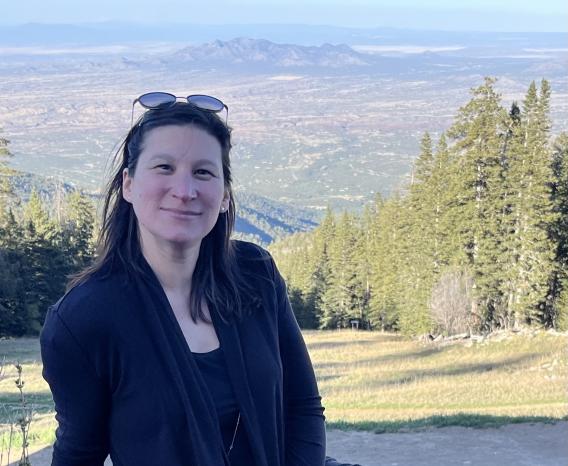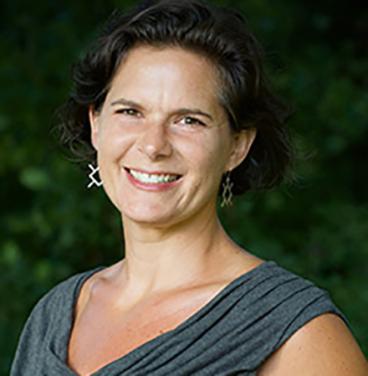Research from Bridget Basile Ibrahim, PhD, MA, FNP-BC, a fellow in CTSI’s Rural Health Equity Postdoctoral Program, found that rural hospital administrators often try to provide obstetrics care despite not having enough births to keep units profitable. Findings were published in JAMA Health Forum.
The study noted that hospital administrators estimated that their hospitals need an average of 200 births per year to provide safe and financially viable services. However, some hospitals keep maternity wards open to meet community needs even when birth rates fail to meet the threshold.
The research offers a new perspective on health policy by revealing—for the first time—national data from a hospital perspective on the requirements for supplying safe obstetrics care in rural communities.

A rural health crisis
The inspiration for Dr. Basile Ibrahim’s research grew out of dispiriting trends in rural maternity care. Over the last few decades, rural hospitals have increasingly stopped offering obstetrics services, leading to worse maternal and infant health outcomes.
To uncover better solutions, Dr. Basile Ibrahim designed and implemented a survey of rural hospital administrators. She credits her fellowship with CTSI’s Rural Health Program with giving her the time and knowledge to conduct the research, which she did under the mentorship of Katy Backes Kozhimannil, PhD.
“It took several months to gather all the data, but it was absolutely necessary to elevate the voices on the front lines of rural obstetrics care,” Dr. Basile Ibrahim said. “By providing me with mentorship, protected time, and resources, the Rural Health Equity Fellowship made it possible to complete this nationwide study. Now, I’m excited to get it in front of policymakers with the hope of making a difference in the lives of rural families.”
When the wards close
When rural obstetrics units shut down, a series of negative events follow. Maternal and infant health outcomes worsen, more births occur in emergency departments, and financial losses strain already suffering communities.
Providing safe, local obstetrics care is therefore critical for community health, says Dr. Basile Ibrahim:
“For many of the patients who give birth at these hospitals, it would be a huge burden for them to travel to the next nearest hospital to give birth.”

A better way forward
Although many administrators agreed obstetrics services are essential, nearly 25 percent said they believed their hospital would close its unit or were unsure about its future.
Despite this, most administrators indicated they wished to continue providing obstetrics services.
“Rural hospital administrators prioritized local community needs over finances and staffing, keeping obstetric units open because local pregnant patients need care nearby,” says Kozhimannil, director of CTSI’s Rural Health Program and co-author of the paper. “Policy investments are needed to help rural hospitals and communities support safe, healthy pregnancies and births.”
To accomplish that, the research team offered suggestions. They advocate for policies that address concerns about clinical safety and retaining a qualified staff. They also advocate for changes to reimbursement policies for low-volume rural hospitals.
“It has been a great experience to connect with and learn from rural folks about their unique challenges and strengths as they work to provide safe, accessible care close to home,” Dr. Basile Ibrahim says. “We hope that by elevating their concerns, we can make a positive difference in these communities.”
The research was also supported by the Federal Office of Rural Health Policy and the National Institutes of Health’s National Center for Advancing Translational Sciences.
